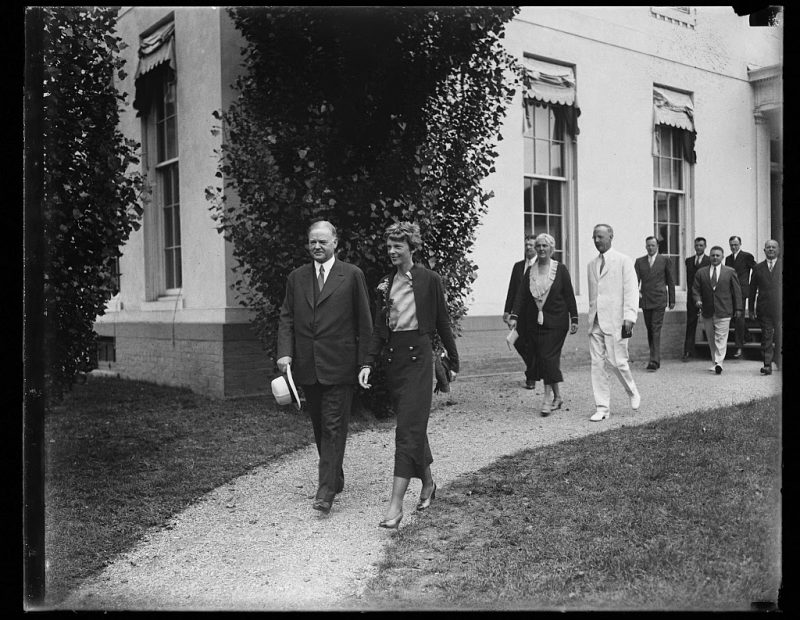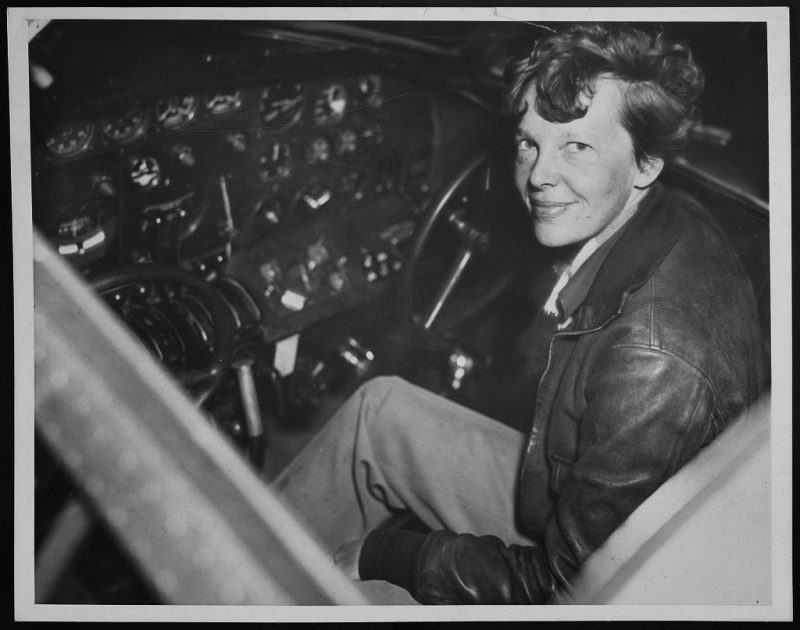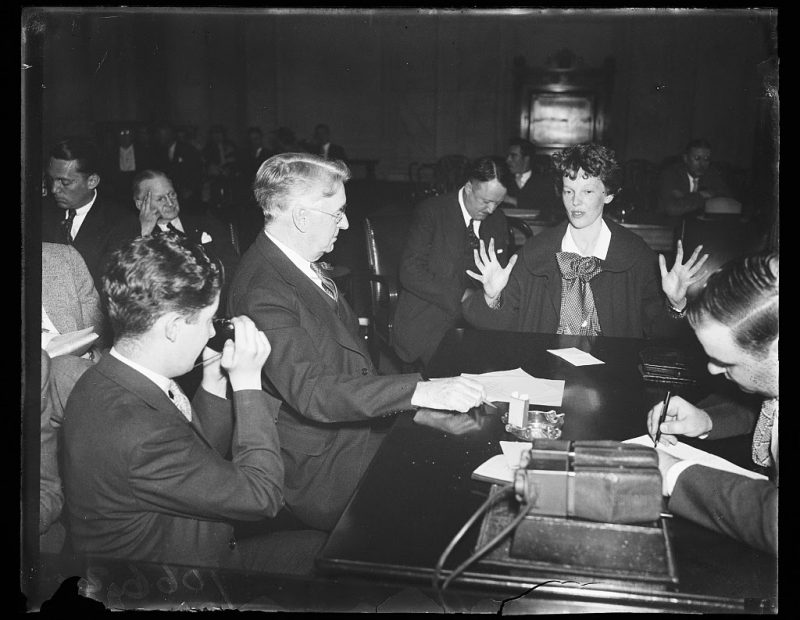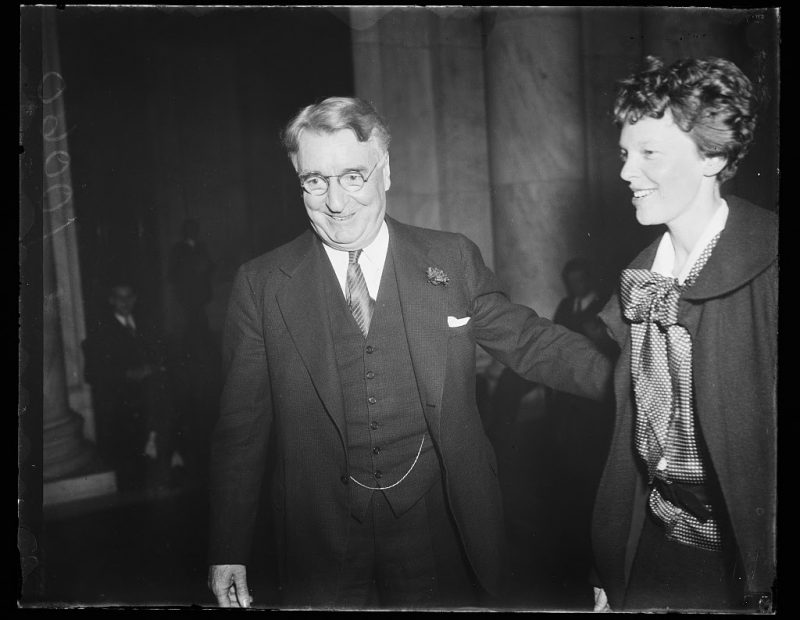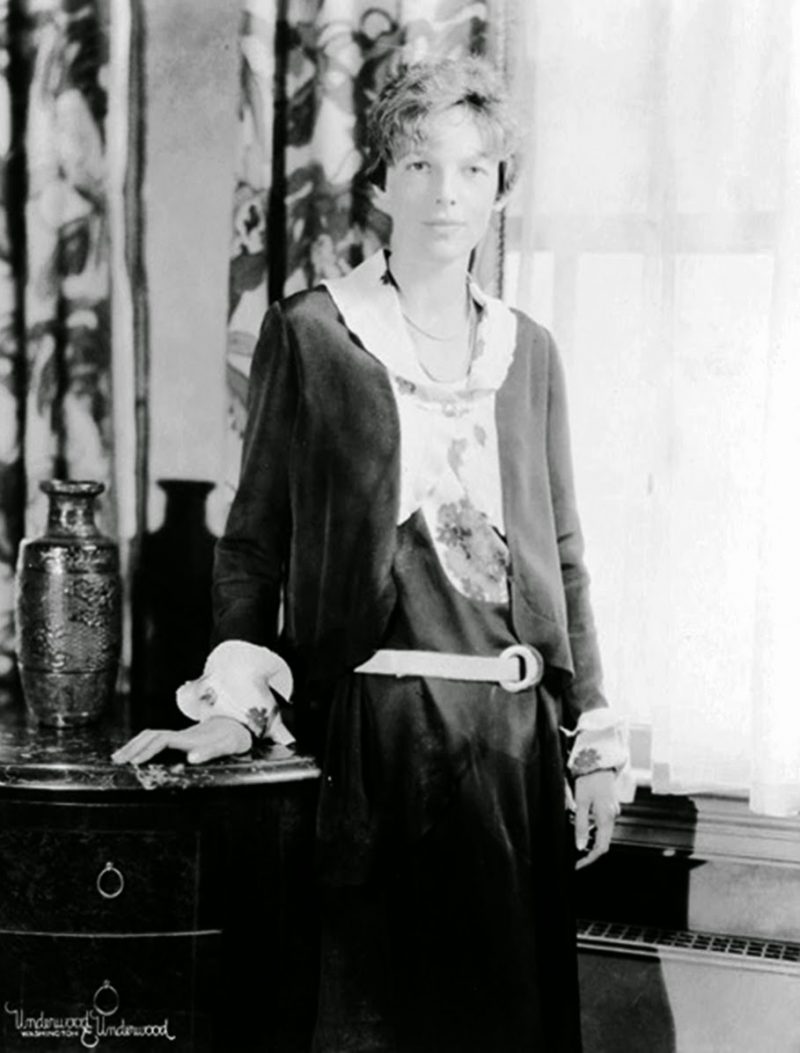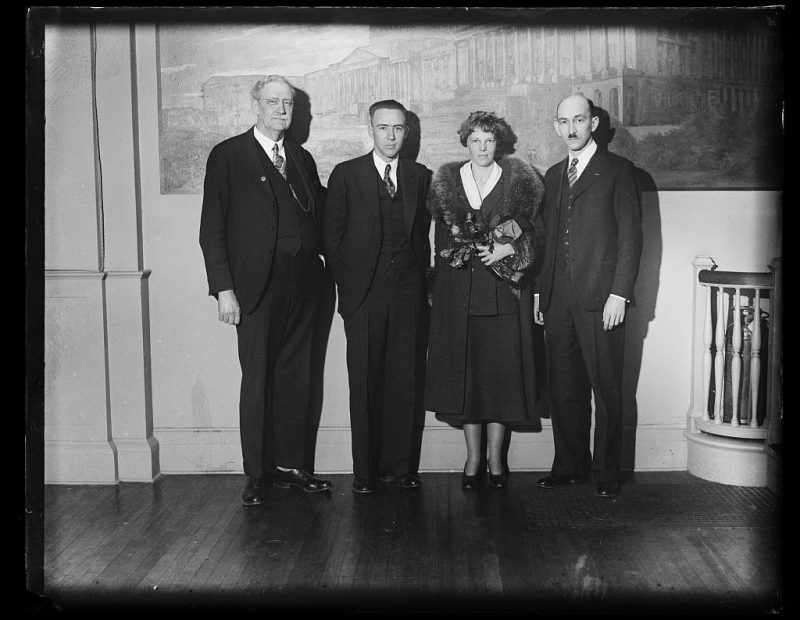This fearless woman is one of those ladies who had relentlessly contributed in changing the world. Amelia Mary Earhart was an American aviation pioneer and author and was the first female aviator to fly solo across the Atlantic Ocean.She received the U.S. Distinguished Flying Cross for this record.
Earhart was born in Atchison, Kansas, in the home of her maternal grandfather, Alfred Gideon Otis a former federal judge, president of the Atchison Savings Bank and a leading 15citizen in the town. Amelia was the second child of the marriage, after an infant stillborn in August 1896. She was of part German descent. Alfred Otis had not initially favored the marriage and was not satisfied with Edwin’s progress as a lawyer.
A spirit of adventure seemed to abide in the Earhart children with the pair setting off daily to explore their neighborhood.As a child, Earhart spent long hours playing with Pidge, climbing trees, hunting rats with a rifle and “belly-slamming” her sled downhill. Although this love of the outdoors and “rough-and-tumble” play was common to many youngsters, some biographers have characterized the young Earhart as a tomboy. The girls kept “worms, moths, katydids and a tree toad”in a growing collection gathered in their outings. In 1904, with the help of her uncle, she cobbled together a home-made ramp fashioned after a roller coaster she had seen on a trip to St. Louis and secured the ramp to the roof of the family toolshed. Earhart’s well-documented first flight ended dramatically. She emerged from the broken wooden box that had served as a sled with a bruised lip, torn dress and a “sensation of exhilaration.” She exclaimed, “Oh, Pidge, it’s just like flying.
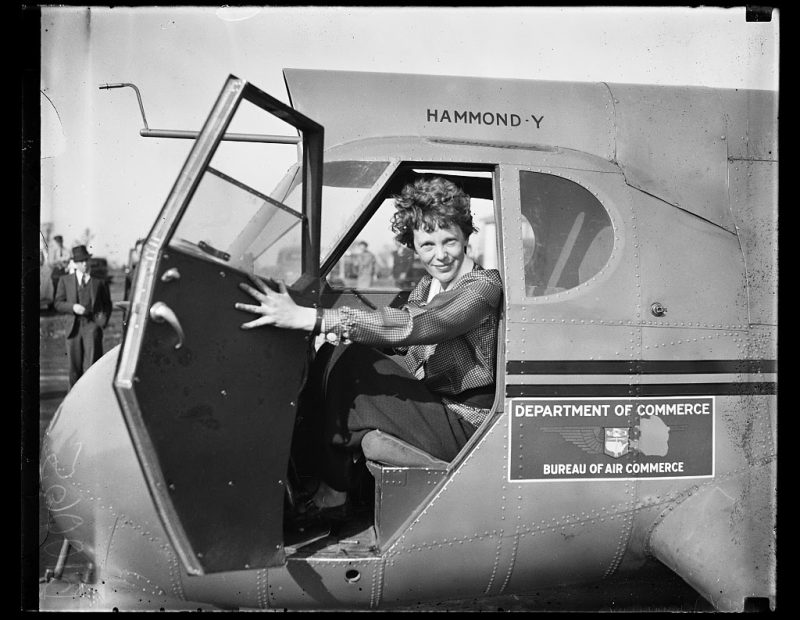
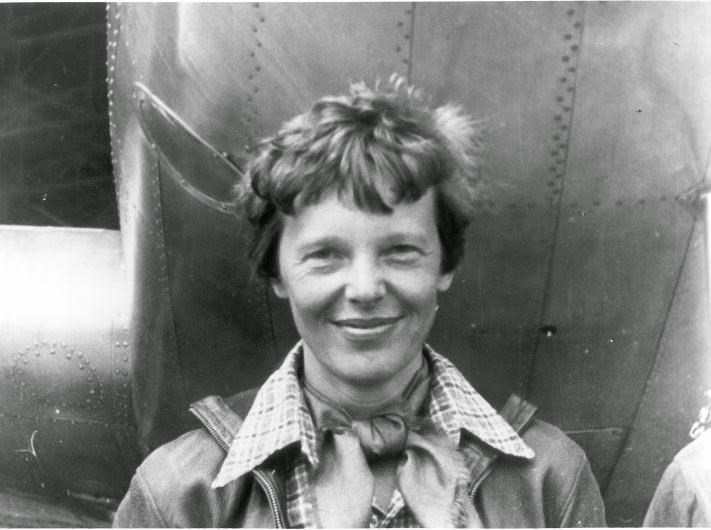
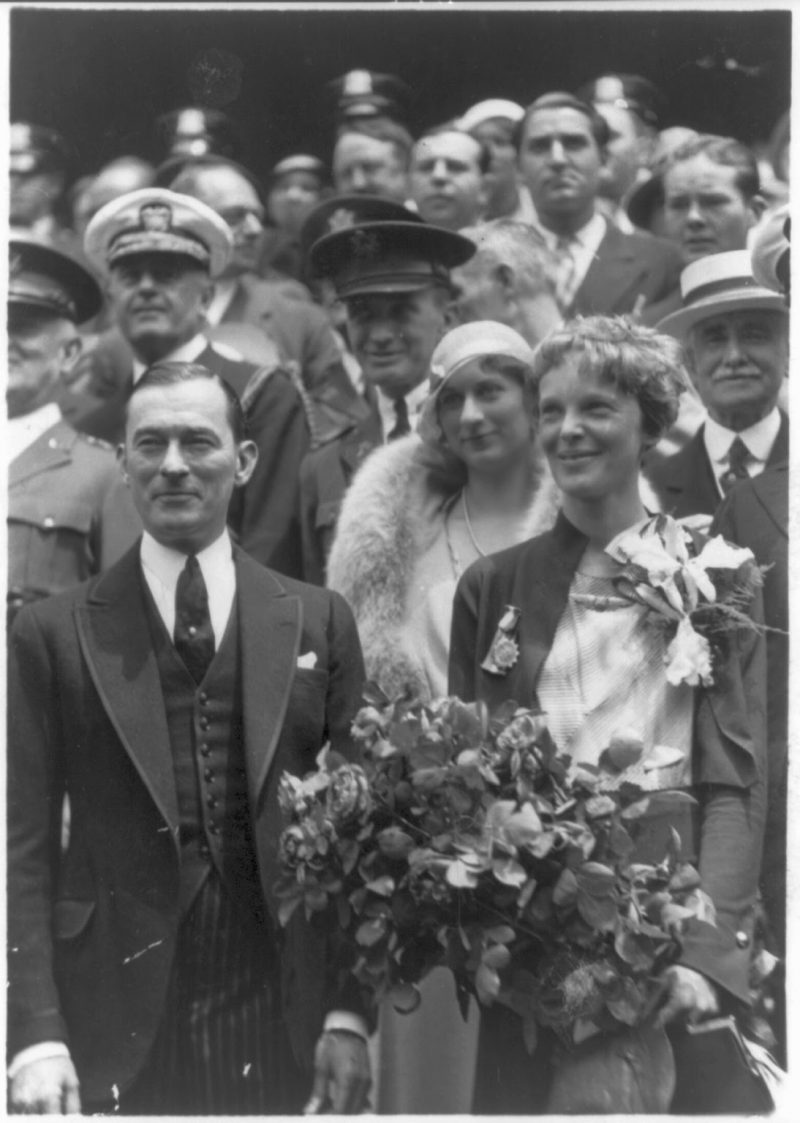
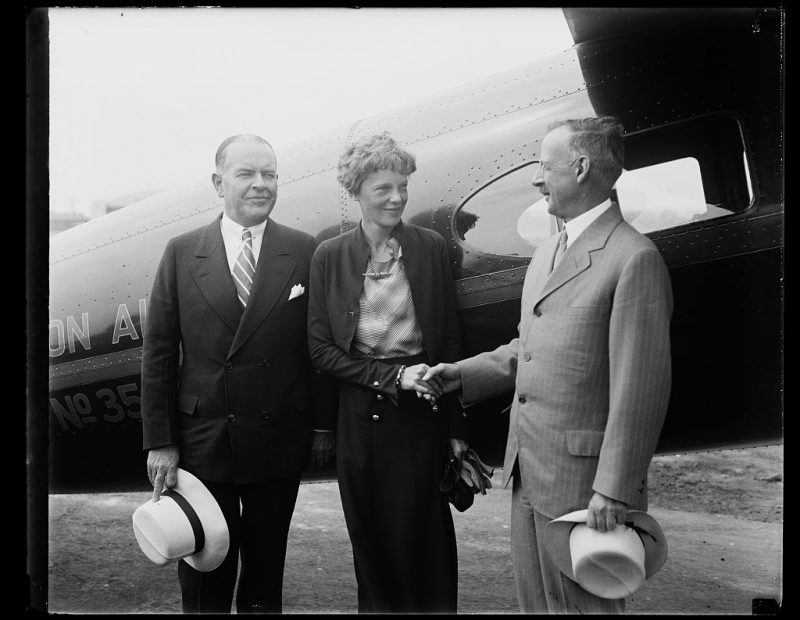
At about that time, with a young woman friend, Earhart visited an air fair held in conjunction with the Canadian National Exposition in Toronto. One of the highlights of the day was a flying exhibition put on by a World War I ace.The pilot overhead spotted Earhart and her friend, who were watching from an isolated clearing, and dived at them. “I am sure he said to himself, ‘Watch me make them scamper,'” she said. Earhart stood her ground as the aircraft came close. “I did not understand it at the time,” she said, “but I believe that little red airplane said something to me as it swished by.
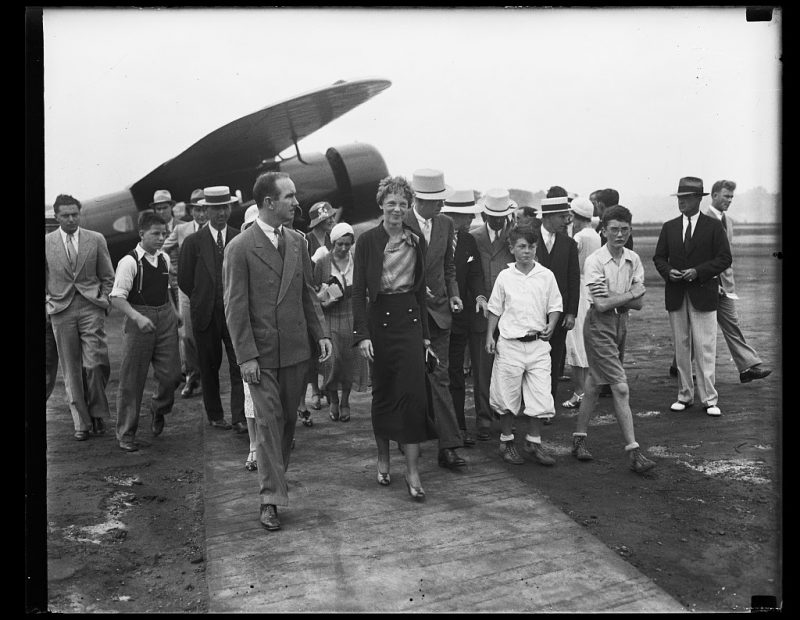
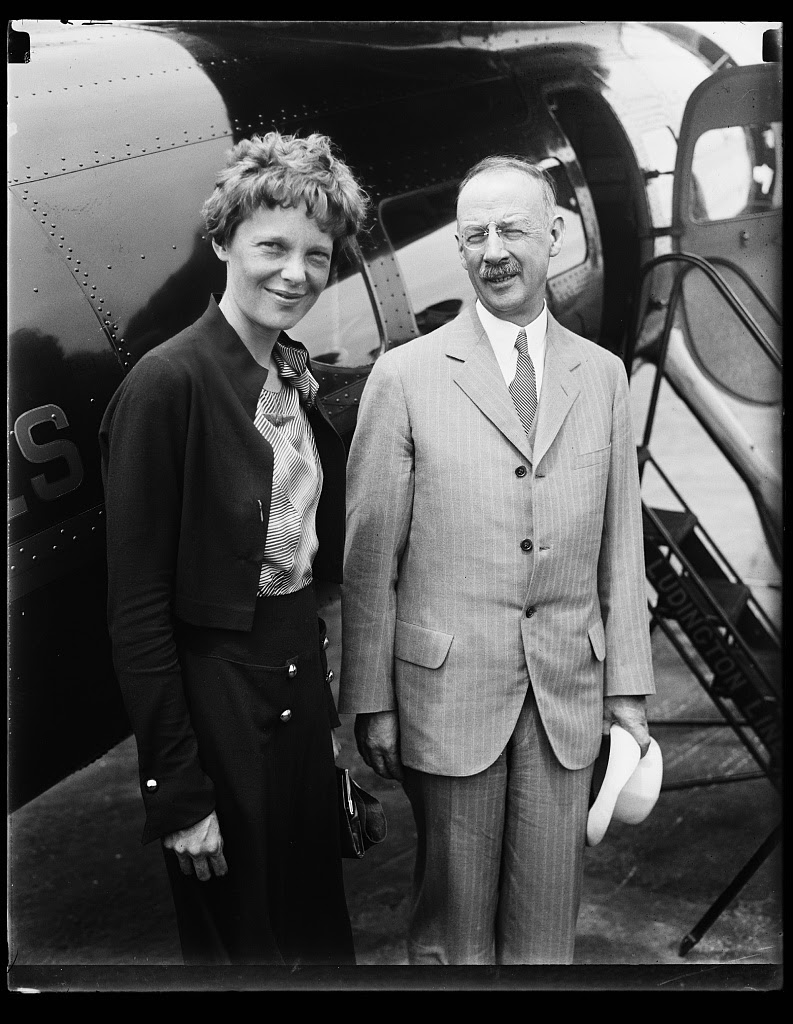
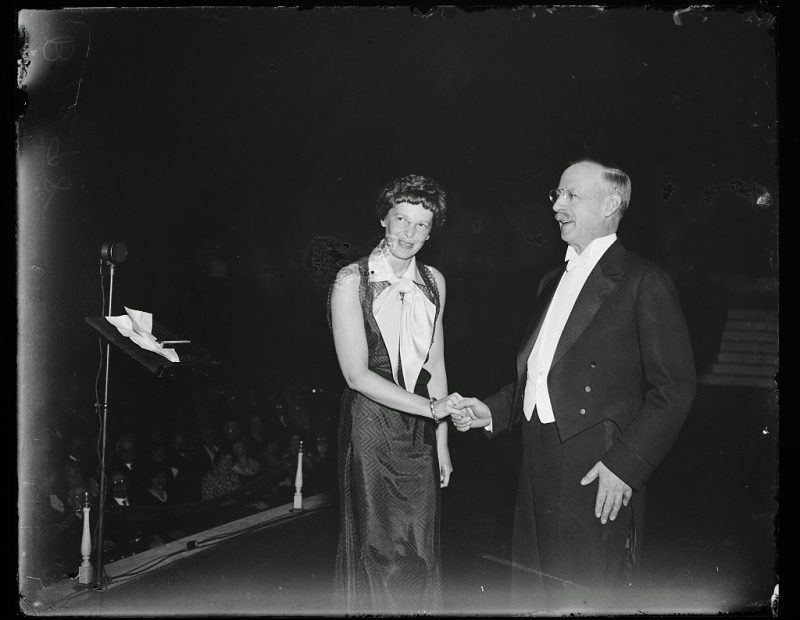
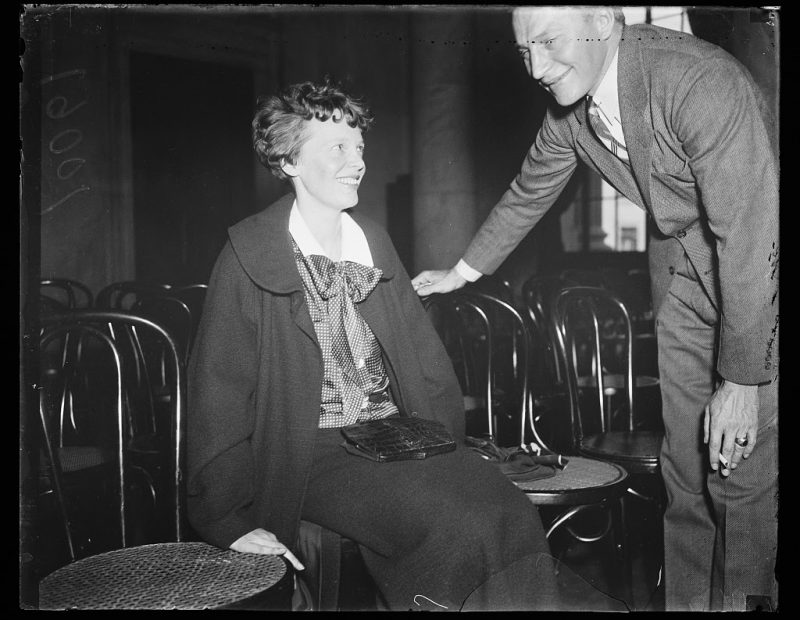
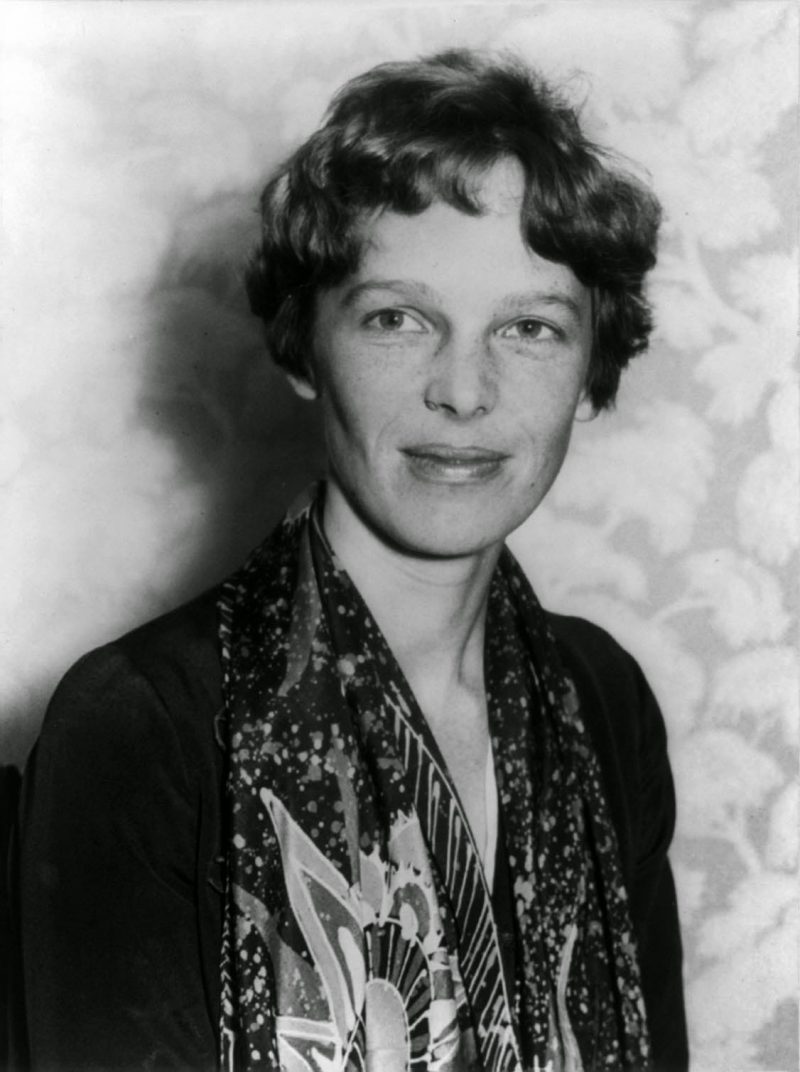
Although Earhart had gained fame for her transatlantic flight, she endeavored to set an “untarnished” record of her own. Shortly after her return, piloting Avian 7083, she set off on her first long solo flight which occurred just as her name was coming into the national spotlight. By making the trip in August 1928, Earhart became the first woman to fly solo across the North American continent and back.Gradually her piloting skills and professionalism grew, as acknowledged by experienced professional pilots who flew with her. General Leigh Wade flew with Earhart in 1929: “She was a born flier, with a delicate touch on the stick.”
Earhart subsequently made her first attempt at competitive air racing in 1929 during the first Santa Monica-to-Cleveland Women’s Air Derby (nicknamed the “Powder Puff Derby” by Will Rogers), which left Santa Monica on August 18 and arrived at Cleveland on August 26. During the race, she settled into fourth place in the “heavy planes” division. At the second last stop at Columbus, her friend Ruth Nichols, who was coming third, had an accident while on a test flight before the race recommenced. Nichols’ aircraft hit a tractor at the start of the runway and flipped over, forcing her out of the race.At Cleveland, Earhart was placed third in the heavy division.
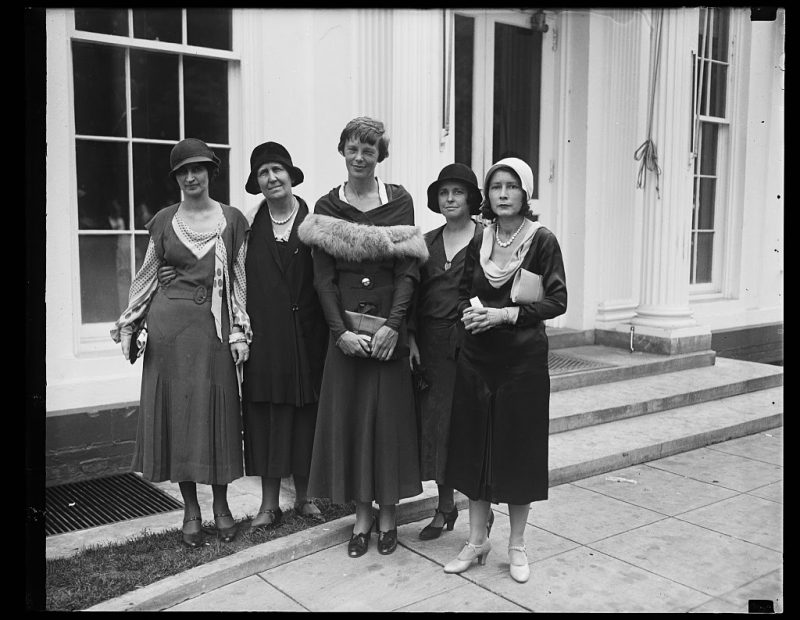
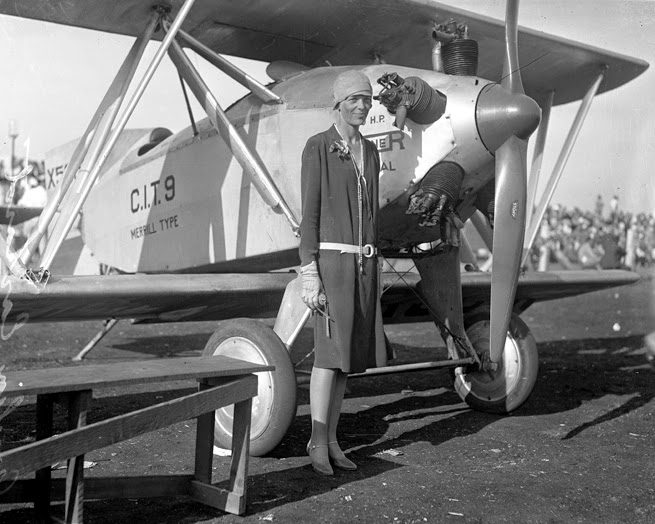
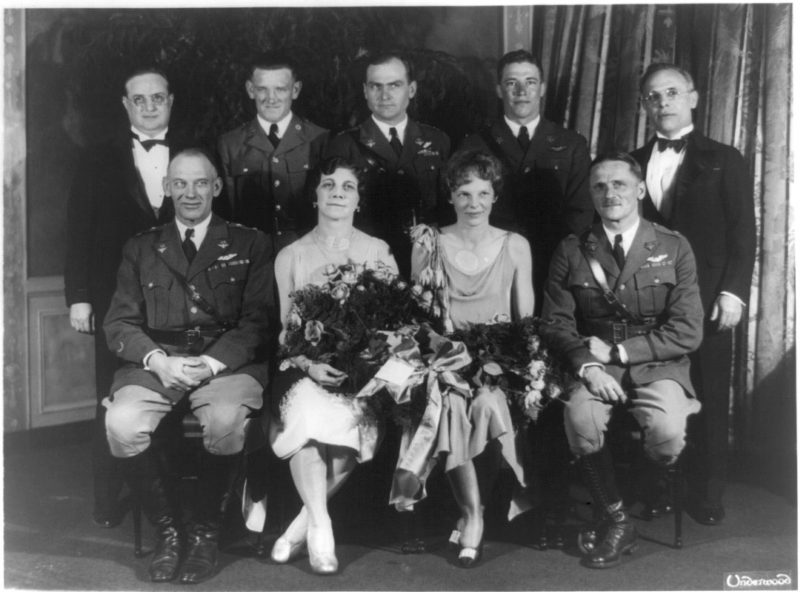
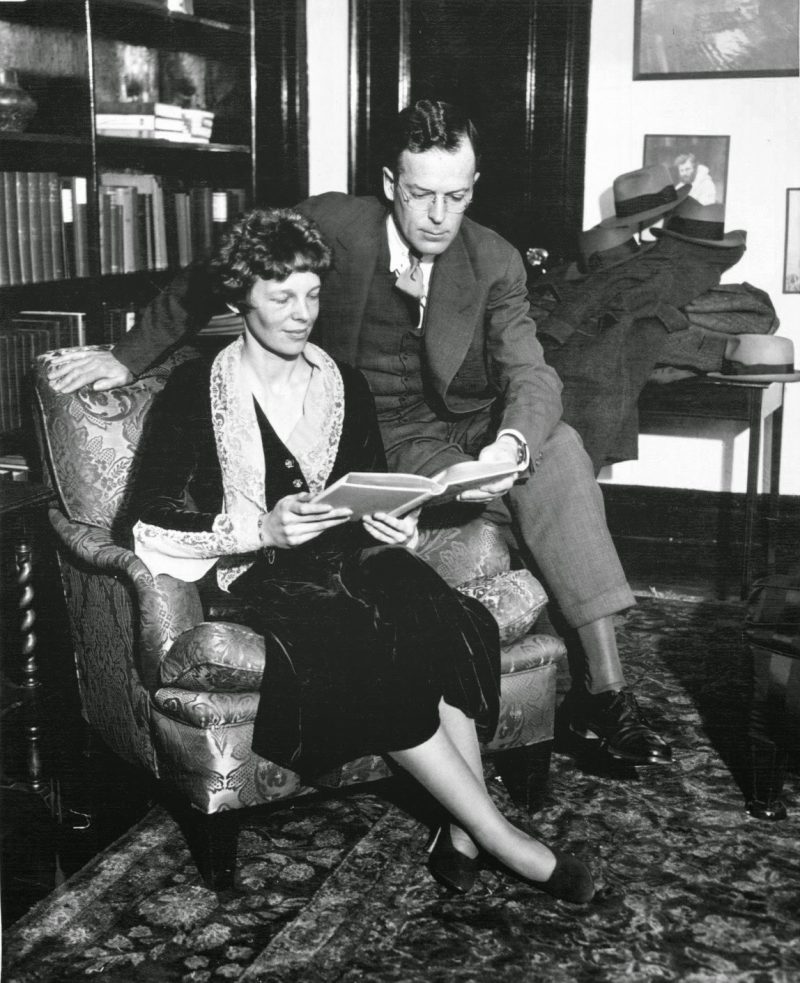
In 1930, Earhart became an official of the National Aeronautic Association where she actively promoted the establishment of separate women’s records and was instrumental in the Fédération Aéronautique Internationale (FAI) accepting a similar international standard In 1931, flying a Pitcairn PCA-2 autogyro, she set a world altitude record of 18,415 feet (5,613 m) in a borrowed company machine. While to a reader today it might seem that Earhart was engaged in flying “stunts,” she was, with other female flyers, crucial to making the American public “air minded” and convincing them that “aviation was no longer just for daredevils and supermen.
During this period, Earhart became involved with The Ninety-Nines, an organization of female pilots providing moral support and advancing the cause of women in aviation. She had called a meeting of female pilots in 1929 following the Women’s Air Derby. She suggested the name based on the number of the charter members; she later became the organization’s first president in 1930. Earhart was a vigorous advocate for female pilots and when the 1934 Bendix Trophy Race banned women, she openly refused to fly screen actress Mary Pickford to Cleveland to open the races.
